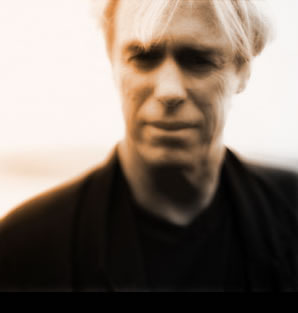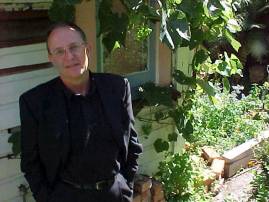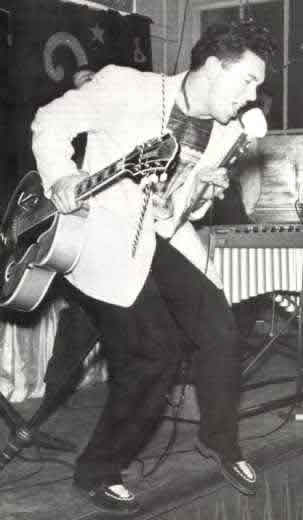They Came to the City
Listener – November 10, 2001
How Ngati Poneke created a new kind of Maori kinship.
Two weeks before the publication of The Silent Migration, an impressive new book that recalls the great urban migration of Maori in the middle of the 20th century, Agnes “Bubs” Broughton had a stroke which was probably brought on by trying to catch the postman to post off a list of the people she wanted to attend the launch of the book at Wellington’s Pipitea Marae.… More,,,


